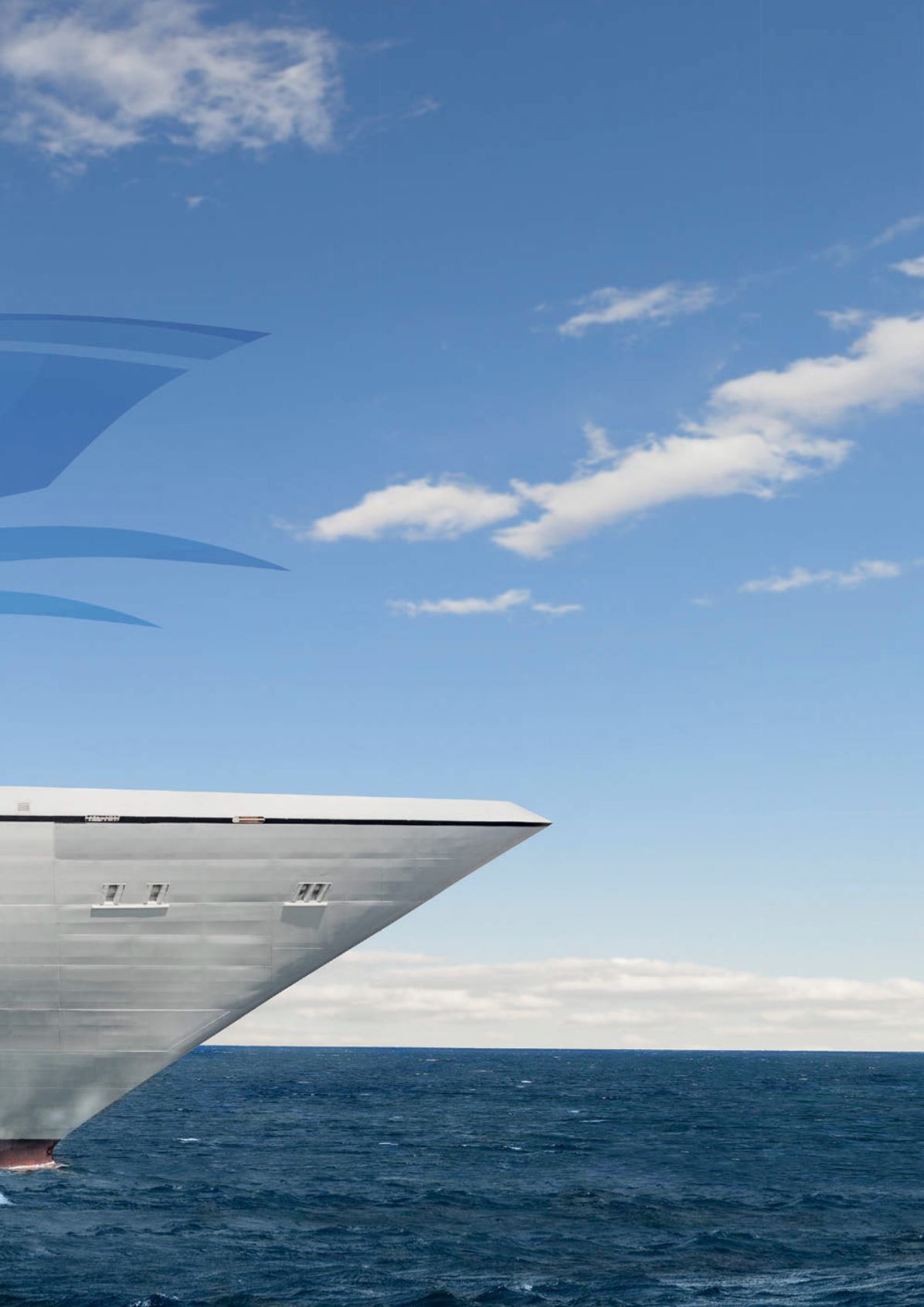
31
T
he benefits of using LNG as a marine fuel have been thoroughly discussed,
but with the low oil price, the economic drivers for wide and swift adoption
of the new fuel are not compelling. However, for cruise ship owners, there is
a different dynamic. Regulatory changes and marketing pressures are pushing them
towards using LNG as fuel.
All ships built after 1 January 2016 that want to operate around the coasts of the
US are required to comply with the air emission limits of the Nitrogen Emission
Control Area (NECA). Effectively, cruise ships will either have to install a selective
catalytic reduction system, or they will have to use LNG as fuel. The NECA, much
more than sulfur limits in Sulfur Emission Control Areas (SECAs), will push cruise ship
newbuildings down the LNG route.
Leading the way
There is also the market need to be environmentally friendly. Cruise ship passengers
increasingly want to know that the ship they are sailing on is as environmentally
friendly as it can be. Sensitive areas, such as city centre ports where cruise ships often
dock, also want the lowest possible air emissions.
Taken together, the regulatory changes and the need to be seen to be
environmentally friendly give cruise ship owners little choice. Given the slowdown in
adopting LNG as fuel in other sectors due to the low oil price, it looks as if the cruise
ship industry is set to lead the way for all shipping into the LNG fuel environment.
In practice
Apart from the requirements relevant to the positioning of the LNG tanks, there is
not much difference between the safety requirements of powering a cruise ship with
LNG and powering any other type of ship. Effectively, all ships built for LNG fuel
from now on will be built under the IGF Code (despite the fact that it is not entering
force until 2017), as the flag administrations ask for an early implementation of such
rules. Major classification societies have taken the code requirements into their own
rules.
However, two things make LNG cruise ships different to other ship types,
especially LNG carriers that already operate on LNG fuel and have done so for a
long time. Firstly, cruise ship operators have to
prove to the authorities in city centre ports that
they are safe visitors to the ports with over
3000 m
3
of LNG on board. Secondly, they
are going to have to find a way to bunker
LNG in city centre ports at the same time as
having perhaps 2000 crew on board and handling the
change-over of more than 6000 passengers.
Of course, city centre cruise terminals want the ships to call
there and port city authorities want ships that do not emit dirty air
emissions, so they are both ready and willing to be convinced. However,
extensive risk-assessment is going to have to be carried out on a case-by-case
basis for all of the initial projects until a good body of experience and evidence in
service of LNG cruise ships builds up.


